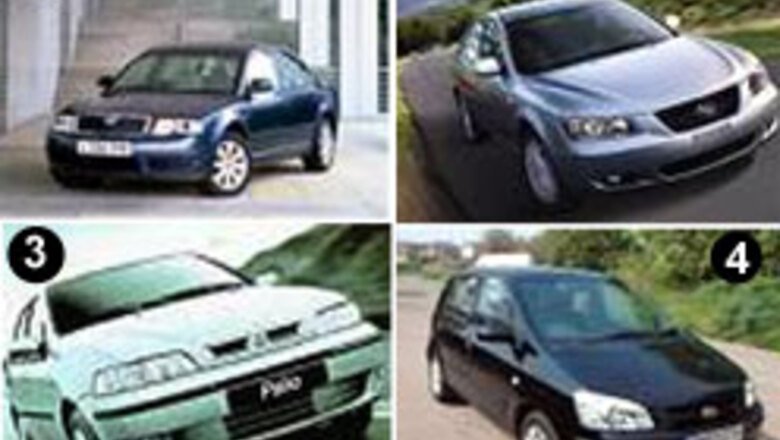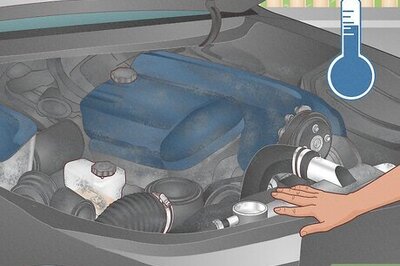
views
Washington: A new strategy developed by researchers at Georgia Tech (US) to capture, store and eventually recycle carbon from vehicles, could lead to emission-free cars in the near future.
This new method prevents the harmful pollutant carbon from finding its way from a car tailpipe into the atmosphere.
Though technologies to capture carbon dioxide emissions from large-scale sources such as power plants have recently gained some impressive scientific ground, nearly two-thirds of global carbon emissions are created by much smaller polluters like automobiles, transportation vehicles and distributed industrial power generation applications.
Now, the team at Georgia Tech have set for themselves the goal to create a sustainable transportation system that uses a liquid fuel and traps the carbon emission in the vehicle for later processing at a fueling station.
The carbon would then be shuttled back to a processing plant where it could be transformed into liquid fuel.
Currently, Georgia Tech researchers are developing a fuel-processing device to separate the carbon and store it in the vehicle in liquid form.
“Presently, we have an unsustainable carbon-based economy with several severe limitations, including a limited supply of fossil fuels, high cost and carbon dioxide pollution,” said Andrei Fedorov, associate professor in the Woodruff School of Mechanical Engineering at Georgia Tech and a lead researcher on the project.
“We wanted to create a practical and sustainable energy strategy for automobiles that could solve each of those limitations, eventually using renewable energy sources and in an environmentally conscious way,” he added.
Though little research has been done to explore carbon capture from vehicles, the Georgia Tech team outlines an economically feasible strategy for processing fossil or synthetic, carbon-containing liquid fuels that allows for the capture and recycling of carbon at the point of emission.
In the long term, this strategy would enable the development of a sustainable transportation system with no carbon emission.


















Comments
0 comment